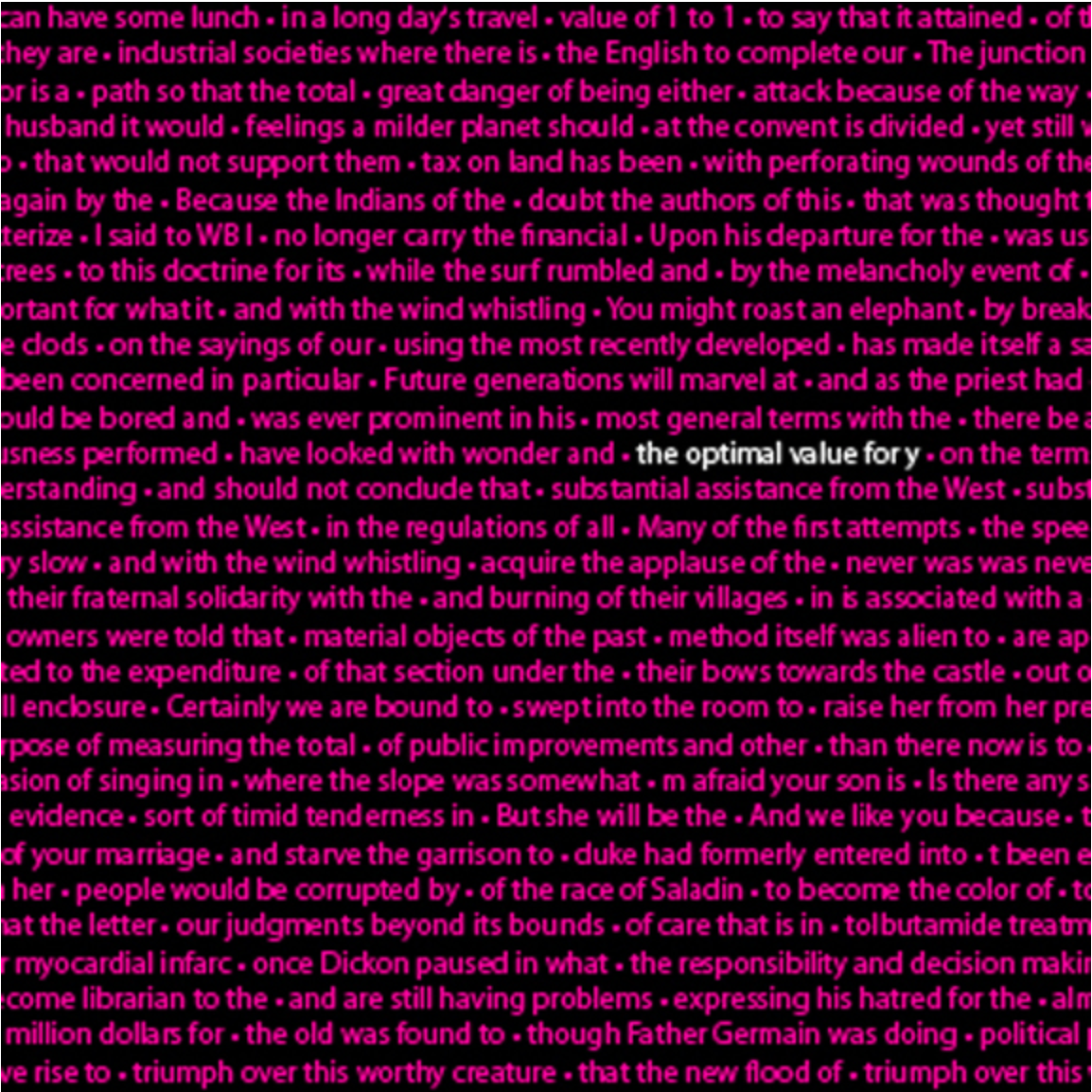Lisa Gwilliam & Ray Sweeten (DataSpaceTime) made their debut as a collaborative duo in 2011 with the solo exhibit “the optimal value for y” at Microscope Gallery. The artists use current technologies that are further developed or redirected, through the use of original coding, as a means to consider the culture of informatics and the thresholds of image recognition and perception across various mediums. Gwilliam & Sweeten have continued to stress the importance of making their own code in order to overcome the constraints imposed by commercial softwares and to reduce as much as possible the distance between themselves and the mediums they utilize. Their work has been featured in institutional shows in the US and abroad including the solo exhibition “Cryptophasia” at the Brooklyn Academy of Music (BAM) and in the group shows “Processed: To Each Their Own Image”, Center Pompidou, Paris, France; “Day In Day Out” at GEH8 Kunstraum und Ateliers, Dresden, Germany “Altarations”, Schmidt Center Gallery, Florida Atlantic University, Boca Raton, Florida, and “Dialogics”, Rowan University Art Gallery, New Jersey among others. Their 6-channel video “Breakout” was commissioned by The Parrish Museum for New York City Center, where it was on view for a year. Gwilliam & Sweeten live and work in Brooklyn, New York.
In 2011, Gwilliam & Sweeten began exploring the use of the QR code – the modern incarnation of the bar code – and the data it contains. Taking society’s obsession with obtaining information on demand through iPads, Wi-Fi, and smartphones to the next level, the artists have turned everyday objects – in this case portraits, landscapes, and wallpaper prints – into interactive data retrieval centers and tracking devices. These print works present the tension between iconic or other recognizable images and the information related to that image. The images are made completely from QR codes, each containing the results of an internet search of publicly accessible data bases which is then retrievable by handheld devices via a custom-built scanning application. This application allows the artists to capture the scanning activities associated with each artwork. Analytic variables include which aspects of the piece draw the most engagement, where and when the work is scanned, and by which discreet device. In many early works, QR codes connect to hundreds of videos obtained through a YouTube video search. Additional pieces deconstruct language, linking to search results from Google’s NGRAM Book Project (accessed through a collaboration with the Director of the Cultural Observatory at Harvard and Visiting Faculty at Google) or sound, linking to sound files of processed music.
Beginning in 2013, Gwilliam & Sweeten continued to combine custom built applications with ubiquitous digital formats through their browser-based installation works which disrupt the aesthetics and processes of video using animated GIFs. These single and double channel installations utilize original video footage that has been deconstructed into as many thousands of animated GIFs. These are then reassembled across a grid of phasing pivot points to create moving image works that play within localized browser windows in real time, not through video playback devices. Over time, this technology has been expanded to include narrative experiences, multi-tiered durational compositions, and elements of performance. Concurrently, the artists have utilized these same technologies to create 2D chromogenic prints. These prints capture an unrepeatable combination of hundreds of moments of a period of time deconstructed and offset within a single image.
In 2017, Gwilliam & Sweeten began experimenting with 3D environments created with WebGL. Vector graphics – which originate as lines and simple geometric shapes - are transformed into evolving kinetic compositions using a custom-built application that instantly and infinitely renders the artists’ 3D imagery into new configurations. Collectively, these works point to the deficiencies and reinventions of the virtual in its re-staging of the physical world, especially with regards to the element of light as engineered by programmers for simulated reality. The original still and video material incorporated into these works — with its noise, pixelation, and other defects typical of a hi-def recording of reality — is re-contextualized in a seemingly flawless vectorial world, with viewpoints shifting throughout the space in randomized and endless trajectories.
Continuing their interest in the digital pixel/line as the base elements for the construction of an image, the artists have produced Inkjet prints generated with an iteration of the algorithms developed in the earlier QR works. The algorithm analyzes an image and transforms its colored pixels into abstract compositions that the eye perceives as lines, curves, ellipses, and other shapes with characteristics impossible to draw by hand. The original photograph is erased to varying extents in the process, leaving instead layered and densely textured images that combine elements of the real and the electronic. Like the 3D WebGL environments, these works are also concerned with the interplay between the reality captured by the camera and the digital and virtual translation of light, reflection, and dimensionality among other properties.
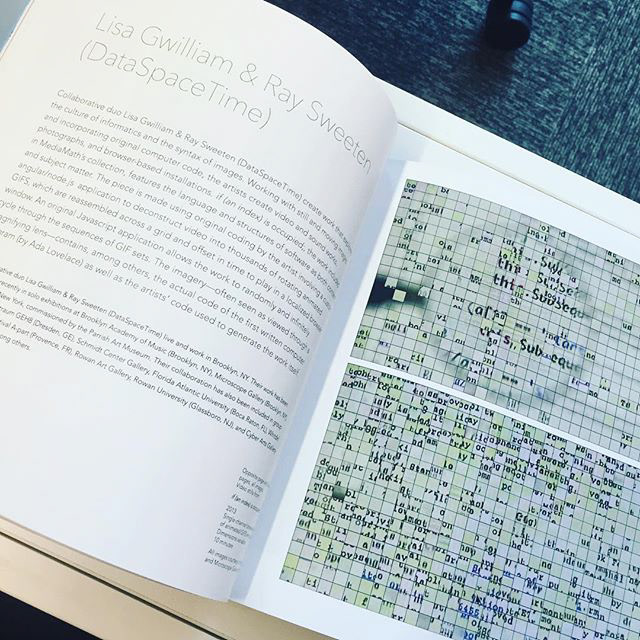
The Media Math Collection: Selected Acquisitions

DAY IN DAY OUT: Disruptions of the Digital, press materials

"Walls Can Talk", Rowan University

"Breakout", New York City Center
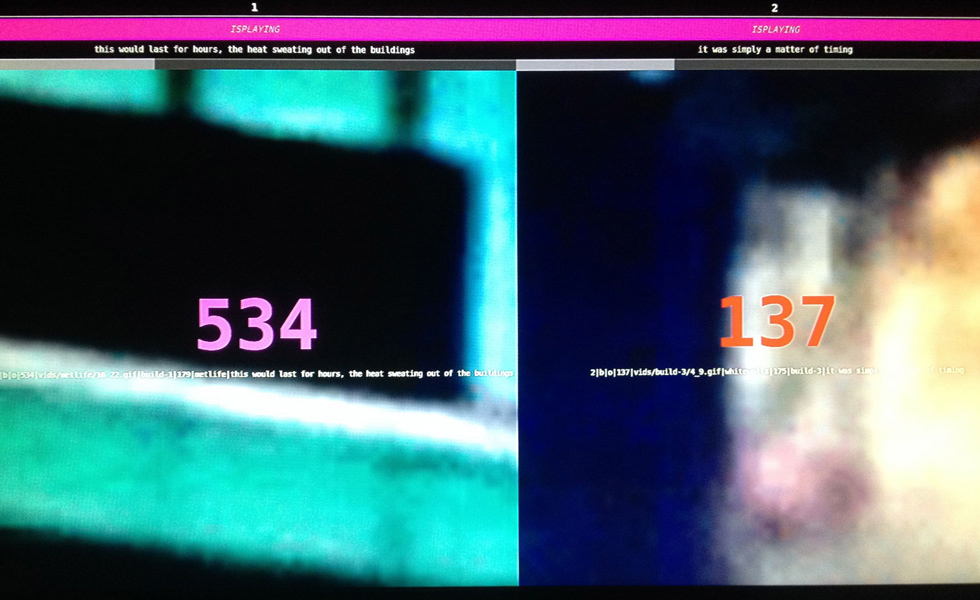
Thresholds, GIF Grid data visualizer
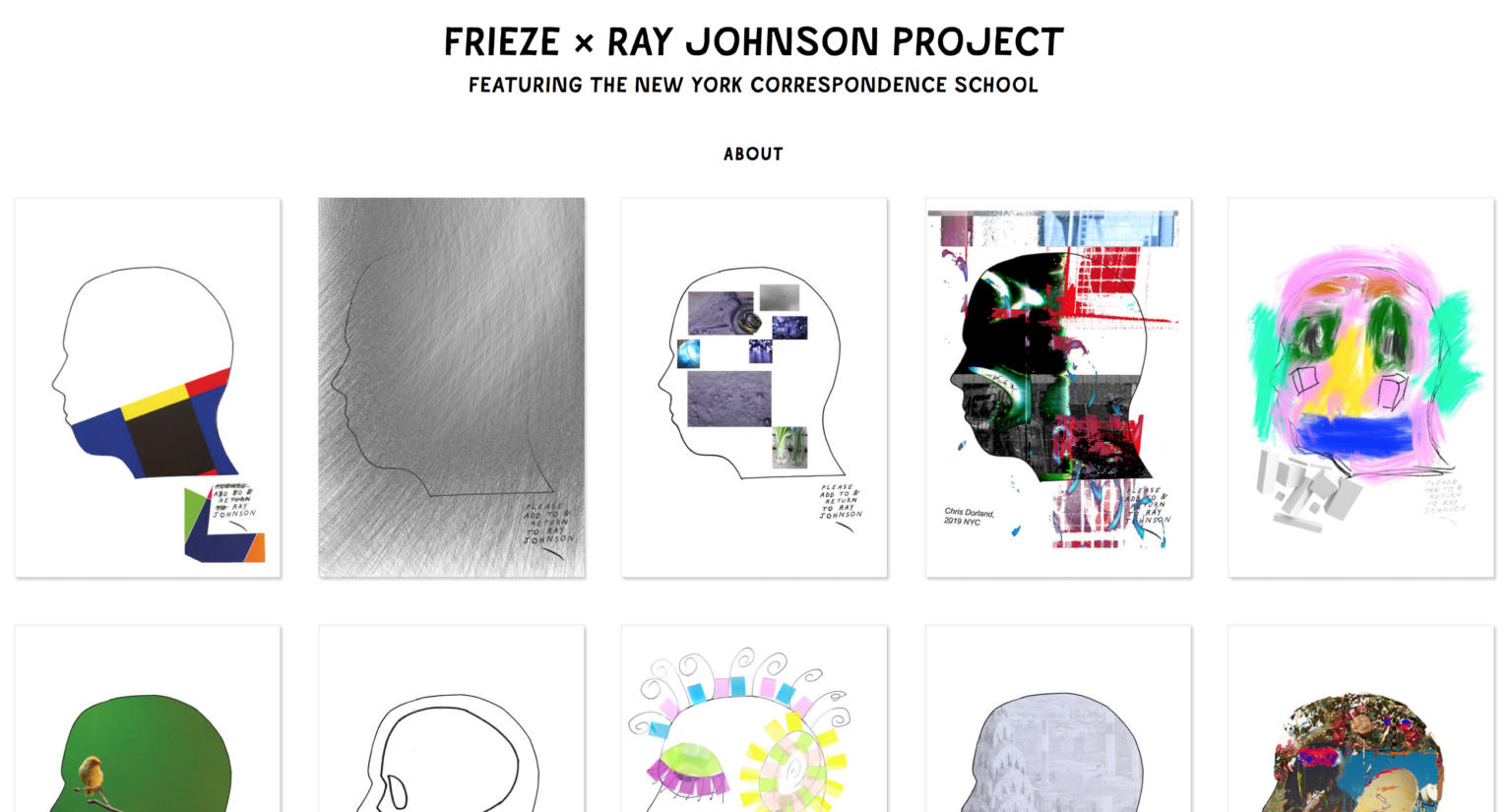
Frieze x Ray Johnson, top row second from left
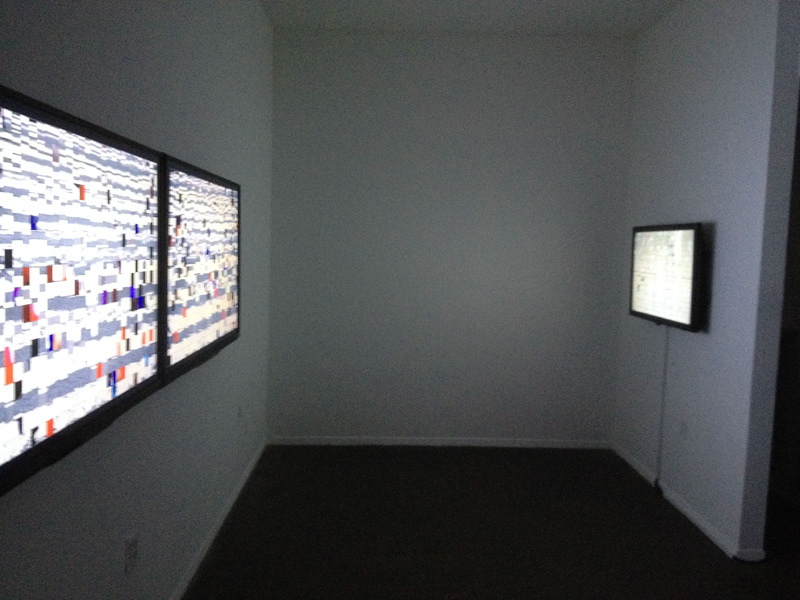
Thresholds, installation view

"Cryptophasia", tests
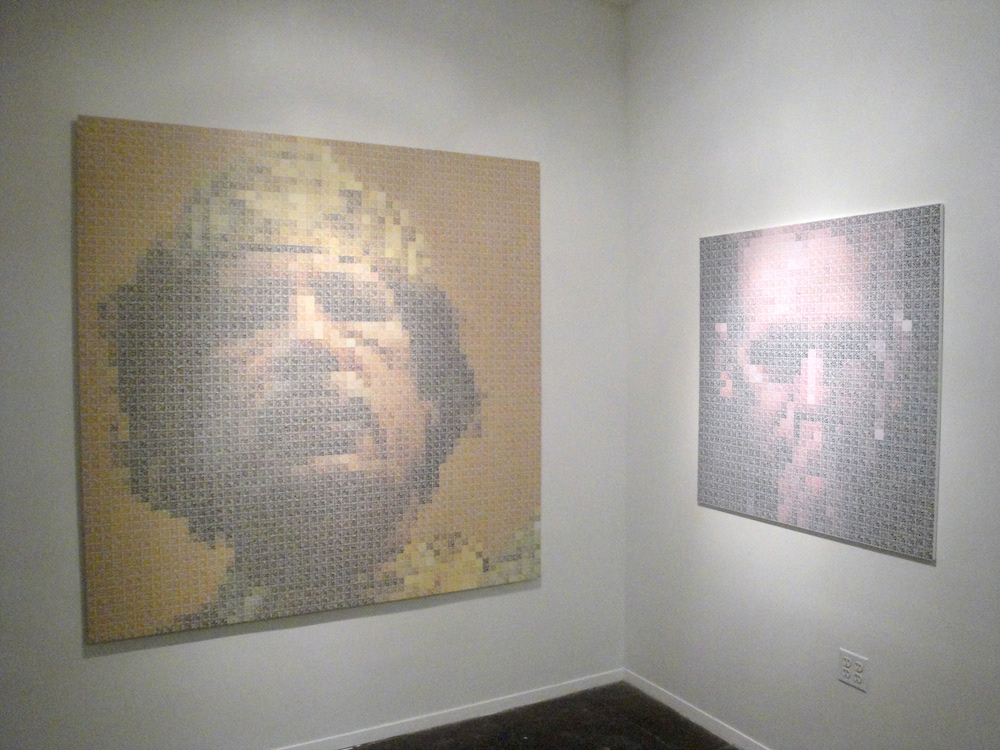
Data Surfaces, installation view

"Vespers", installation view
